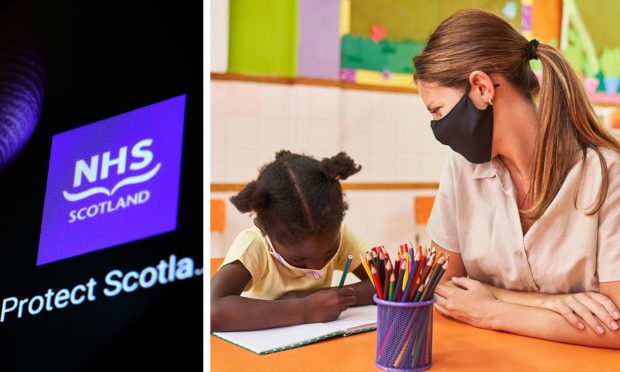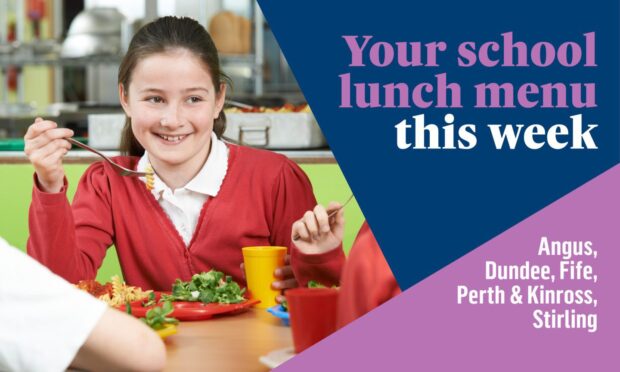Nursery staff should be added to the list of key workers exempt from isolating if they are ‘pinged’, says an industry body.
If nurseries are closed due to staff shortages, it could leave parents who are essential workers – including frontline hospital staff, emergency services personnel and those in the supermarket supply chain – unable to work due to lack of childcare.
Nursery workers must, the Scottish Private Nursery Association says, be protected from the 10-day isolation requirement when their service is at risk, as those in a list of critical industries now are.
Significant staff shortages have been seen in some sectors due to workers being asked to isolate by the Test and Protect service or alerted by the Protect Scotland app.

On Tuesday, five private and local authority nurseries were closed due to Covid and four were at risk of closure, according to government data.
Last week the Scottish Government exempted certain critical workers from self-isolating if the service they provided was at risk and they complied with strict rules, including taking daily lateral flow tests.
Urging First Minister Nicola Sturgeon to include nursery care givers, SPNA chief executive officer Sharon Fairley said the situation was “deeply concerning”.
She said: “The reality is that many of our frontline workers – our NHS doctors and nurses, our ambulance drivers, police, firemen and women, even our supermarket truck drivers – rely on being able to place their children in nursery in order to attend their own job.”
As nursery workers are predominantly younger many may not have had their second dose of the vaccine and they may be more at risk of being identified as a close contact.
Many nurseries are having to ship in relief staff while permanent employees are isolating, which also poses the threat of a downgraded rating by the Care Inspectorate, Ms Fairley said.
“Maintaining standards could be just impossible if we get hit by the pingdemic.
“That could see nurseries having to close, meaning our frontline workers are potentially absent from their own critical work.”
Who is exempt from isolating?
Business sectors considered critical to national infrastructure which can apply for exemption are:
- chemicals
- civil nuclear
- communications
- defence
- emergency services
- energy
- finance
- food
- government
- health
- space
- transport
- water
Staff must have had their second dose of vaccine to qualify for exemption and take a lateral flow test daily.
Businesses can apply on behalf of their staff if their critical service is at imminent risk due to staff shortages caused by self-isolation requirements.
A Scottish Government spokeswoman said any changes to self-isolation rules will be outlined by Ms Sturgeon in parliament on Tuesday, when a decision on Scotland’s shift from level 0 restrictions will be announced.
She said: “We are continuing to actively review the latest scientific evidence and expert clinical advice alongside the current state of the pandemic, and will use this to inform any decisions, working closely with trade unions and professional organisations when considering next steps.”











